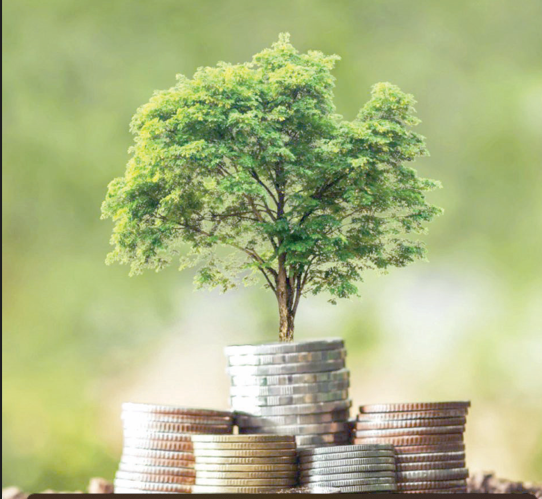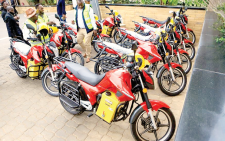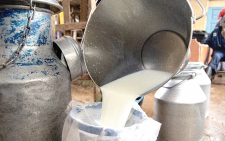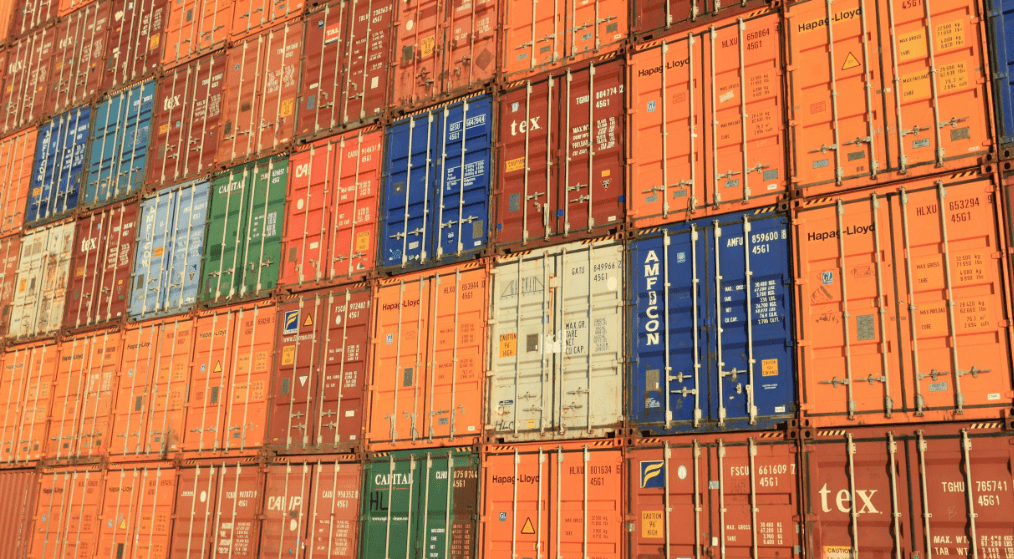Absa pledges Sh120b to finance green projects

Absa Bank plans to double its sustainable finance commitment to Sh120 billion in two years, as part of its sustainability commitment.
While unveiling its sustainability report for the financial year ending December 31, 2022, Absa Bank Kenya managing director and chief executive officer Abdi Mohamed said that this year alone, the bank advanced about Sh60 billion in sustainable finance, comprising components of green finance and inclusive finance.
“You can therefore expect to see us playing an even bigger and bolder role, specifically in renewable energy, energy efficiency, green building, and climate-smart agriculture sectors in the days ahead,” Mohamed said.
Sustainable financing
Sustainable financing is the process of taking environmental, social and governance (ESG) considerations into account when making investment decisions in the financial sector, leading to more long-term investments in sustainable economic activities and projects.
In the new report, the lender highlights its strategic interventions across 13 commitments, made during the launch of its sustainability commitments in November 2020,
Absa board chair Charles Muchene said in the last three years, the lender has been implementing its sustainability strategy driven by Net Zero Commitments, Social and Environment Impact, Women and Youth Empowerment and Value Creation for Businesses and Partners, while the Principal Secretary, Ministry of Environment, Climate Change and Forestry Festus Ngeno lauded the critical intersection of the financial sector and the fight against climate change.
“We laud the private sector’s enthusiastic response to our call to support in preserving Kenya’s environment, promoting sustainable resource management, and driving climate action. This partnership is invaluable in securing a healthy and sustainable future for all and I extend an invitation to more private sector players to join us in addressing this critical agenda.”
Significant milestones in the bank’s sustainability journey include internal efficiency through a 13 per cent reduction in energy footprint.












